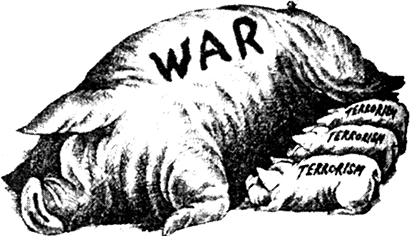Sponsor Area
Security In The Contemporary World
What are the differences in the threats that people in the Third World face and those living in the First World face?
(i) The Third World countries face the threats not only from outside their borders, mostly from neighbours, but also from within. They quarrelled over borders and territories or control over people and populations or all of these simultaneously. On the other hand, most of the First World countries, particularly the powerful Western European countries, faced no serious threats from groups or communities living within those borders. These countries faced threats only from outside their borders.
(ii) New states of the Third World face threats from separatist movements which wanted to form an independent country. Sometimes external and internal threats mearged. A neighbour might help or instigate an internal seperatist movement leading to tensions between the two neighbouring countries.
Some More Questions From Security in the Contemporary World Chapter
Nuclear weapons as deterrence or defence have limited usage against contemporary security threats to states. Explain the statement.
Looking at the Indian scenario, what type of security has been given priority in India, traditional or non-traditional ? What examples could you cite to substantiate the argument ?
Read the cartoon below and write a short note in favour or against the connection between war and terrorism depicted in this cartoon.

What is security ?
What are two notions of security ?
Why is the greatest danger is from military threats?
Differentiate between deterrence and defence ?
How a balance of power is maintained ?
What are the four components of traditional security policy?
What is an alliance?
Sponsor Area
Mock Test Series
Mock Test Series





